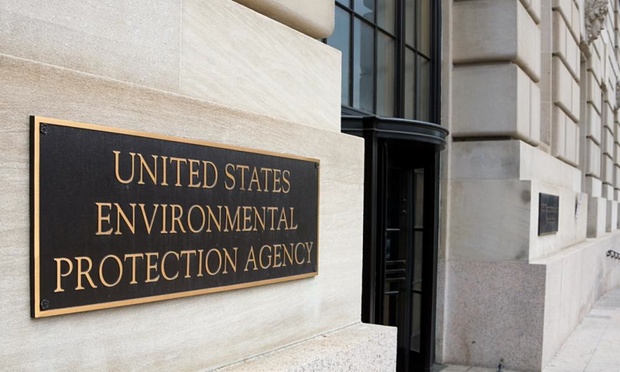
In a report that was released this week by a branch of the Health and Human Services office, some common chemicals were found to cause negative effects on the health of rodents at lower equivalent levels in humans than the EPA recognizes. The chemicals they looked at were from the PFAS group, short for per- and polyfluorinated substances, and they’re used in products like water-repellent coating, nonstick cookware, and firefighting in foam.
The advisory level set by the EPA of 70 parts per trillion for these chemicals is anywhere from 7 to 10 times higher than the level that HHS first noted health effects in animals. These chemicals have leaked into the drinking water supplies of many communities and are putting people’s health at risk. Two of the most popular ones are PFOA and PFOS, which are especially dangerous because they stay in the environment for a very long period of time.
Eating food or drinking liquids that have been contaminated with these chemicals can increase a person’s risk of cancer, according to the CDC’s Agency for Toxic Substances and Disease Registry. It can also affect the learning, growth and behavior of children, reduce a woman’s chances of becoming pregnant, raise cholesterol levels, interfere with hormones, and negatively impact the immune system.
EPA tried to hide the report, calling it a “public relations nightmare”
Will new rules or limits be set in response to this troubling news? The study recommended stricter limits, and many experts and observers are hoping the finding will prompt some action in this regard.
Of course, it’s hard to be optimistic about that when you consider the fact that EPA officials spoke to their Pentagon and White House counterparts about delaying the report’s public release because they felt it would be a “public relations nightmare.” A public records request exposed this scheme.
EPA Administrator Scott Pruitt announced last month that the EPA would label PFAS chemicals as “hazardous” and would make recommendations on cleaning up contaminated sites, but the controversy deepened when some Congress members and reporters claimed they weren’t permitted to attend certain sessions in a summit with state officials on the matter.
It’s bad news in particular for those in Michigan, where foam below the Rockford Dam in Kent County, a popular fishing spot, tested at 296,584 parts per trillion of PFAS, which is 4,200 times the federal advisory limit that we now know was grossly incorrect. Wells near the airport in Grand Rapids, meanwhile, have tested at PFAS levels of as high as 461 parts per trillion.
The 3M Corporation, which used these chemicals in its ScotchGard fabric product, has already paid out more than $1.5 billion settling lawsuits related to personal injury claims and water contamination.
Environmental Working Group President Ken Cook isn’t too confident something will be done to improve the situation. He said: “EPA Administrator Scott Pruitt should use this information and the agency’s considerable resources to protect the public, but trusting him with safeguarding people from pollution is like relying on a crooked accountant to handle your finances.”
Instead, he believes it will be up to local and state governments to step in and protect their people. Read Pollution.news to stay up to date on pollution news.
Sources for this article include:
Please contact us for more information.






















